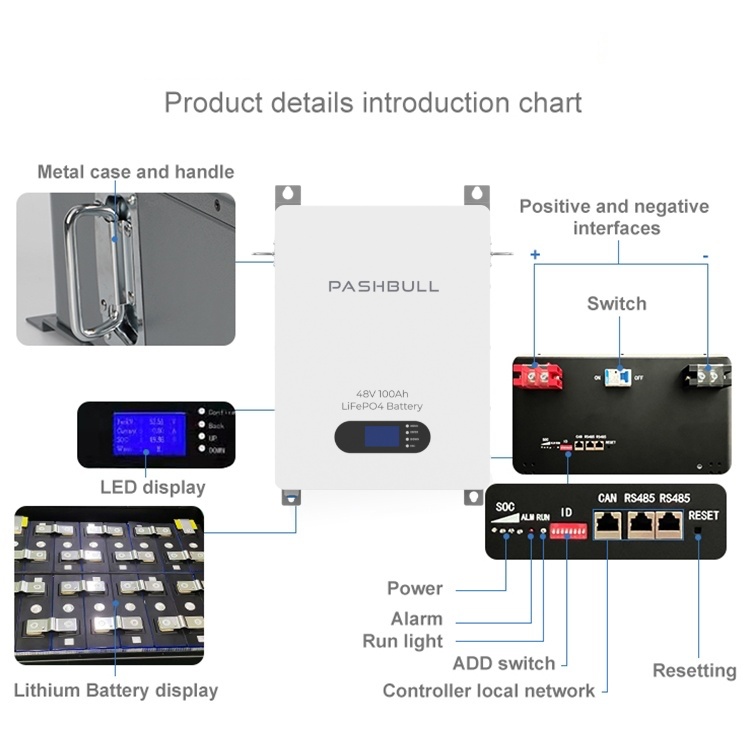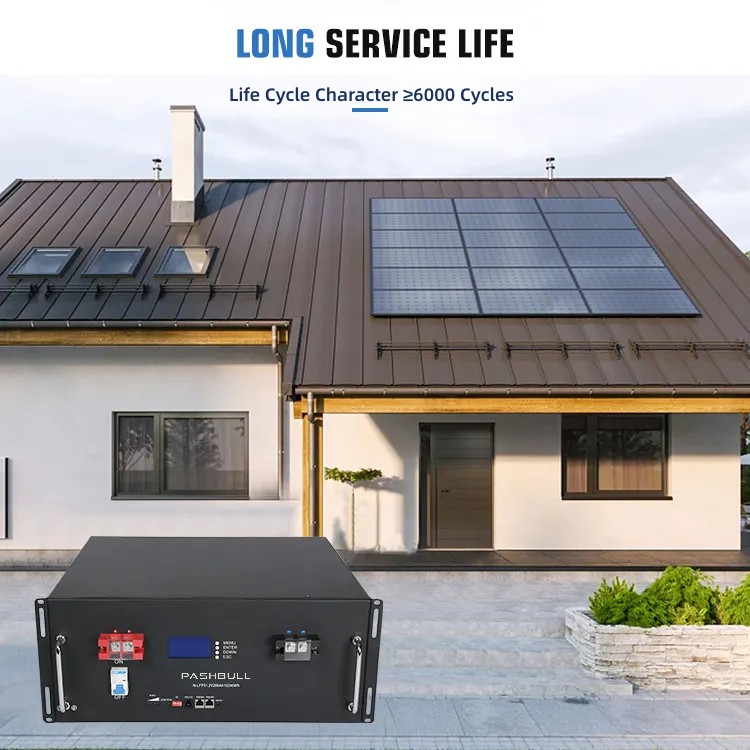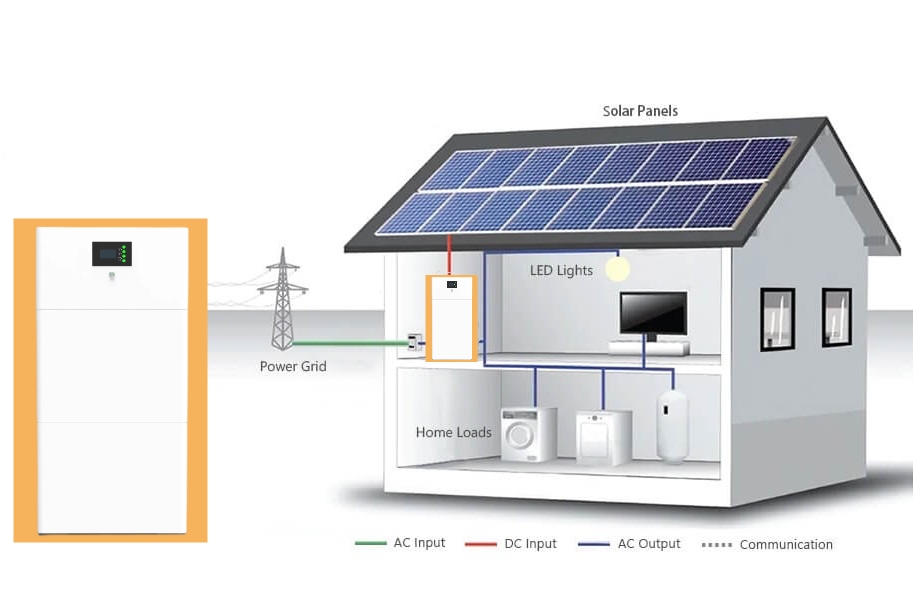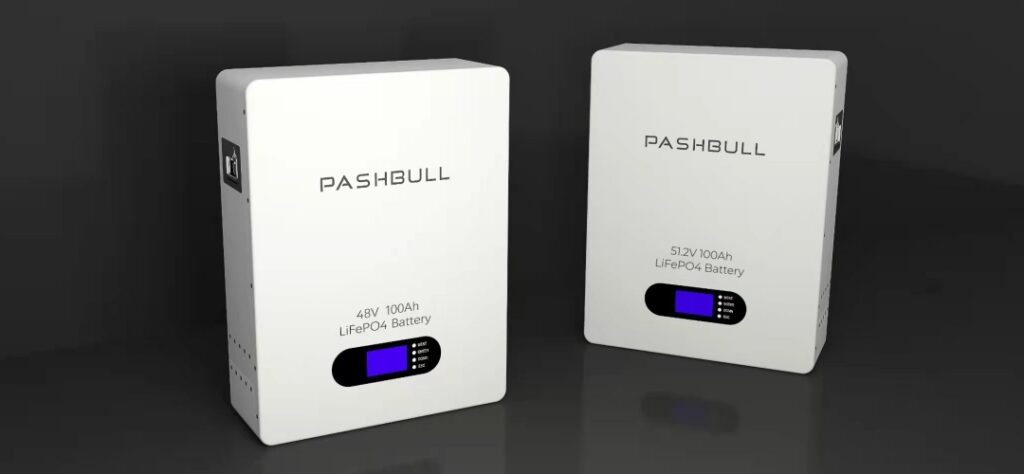LiFePO4 batteries, also known as lithium iron phosphate batteries, are revolutionizing the energy storage landscape with their superior performance and durability. In this blog, we will delve into the world of LiFePO4 battery models, comparing their performance metrics and real-world benefits to help you find the ideal model for your specific needs.
Introduction to LiFePO4 Batteries
LiFePO4 batteries, renowned for their high energy density and long cycle life, are composed of lithium iron phosphate as the cathode material. They offer numerous advantages over other battery types, including enhanced safety, thermal stability, and lower self-discharge rates. The importance of choosing the right LiFePO4 battery model cannot be overstated, as it directly impacts the efficiency and reliability of energy storage systems.
Explanation of the Different LiFePO4 Battery Models Available
1. Wall-mounted battery
This LiFePO4 battery model is specially designed for home energy storage. It has 4 wall-mounting corners or is designed with a back bracket. It can be easily hung on the wall to save storage space.
Pashbull’s wall-mounted batteries use reliable lithium iron phosphate ion battery cells with a voltage of 48V (51.2V), a wide power range of 4.8KWh-10.24KWh available, and support for multiple battery modules connected in parallel (Can be connected in Parallel ≤15) to enhance total energy.
This model boasts detailed specifications and features, including its energy capacity, voltage output, and charging characteristics. It is designed to cater to specific home energy storage requirements, making it also suitable for various applications.

2. Rack-mounted Battery
These are manufactured by the standard 19″design using reliable lithium iron phosphate ion batteries with a voltage of 48V (51.2V), a wide power range of 2.4KWh-10.24KWh available, and support for multiple battery modules connected in parallel to enhance total energy.
These batteries serve as a building block for residential energy storage and server backup systems with a reliable and accurate battery management system. Used in conjunction with an energy storage inverter, the system enables the following functions:
Tariff reduction, Charging during off-peak hours, and discharging the battery during peak hours.
Self-use, Store excess energy generated by the solar panels and use it when needed.
Back-up power, Provides power in the event of a grid outage.
Smart Energy Management, Real-time monitoring and management. You can see how much energy is generated and consumed in real time.

3. Stackable battery
This designed energy storage system integrates inverter and battery modules, provides flexible power expansion, and is easy to install. It is an all-in-one energy storage system.
The battery adopts the highest grade lithium iron phosphate (LiFePO4) cells, combined with scientific and reasonable internal design and fine processing, to prolong the life of the system safely and effectively.
It works with:
~The home energy storage system.
~Communication base station, data center.
~Communication outdoor cabinet.
~Solar hybrid power system.
It reduces your reliance on the grid by storing your solar energy for house appliance use. Or keep power stays on when grid outages.
This model stands out with its specific specifications and features, catering to a diverse range of energy storage applications. Understanding its distinct characteristics is crucial in determining its suitability for different scenarios.

Comparison of Performance Metrics
A detailed comparison of performance metrics is essential when evaluating LiFePO4 battery models. Capacity, voltage, cycle life, and charging time are pivotal factors that influence the overall performance and practical applications of these models.
Capacity Comparison: Assessing the energy storage capacity of each LiFePO4 battery model provides valuable insights into their ability to meet varying power requirements.
Voltage Analysis: Understanding the voltage output of each model and its implications on energy systems is crucial for seamless integration and optimized performance.
Cycle Life Comparison: The cycle life of LiFePO4 batteries directly impacts their long-term performance, making it imperative to analyze and compare this metric across different models.
Charging Time: The charging time of LiFePO4 battery models plays a significant role in determining their practical usability and efficiency in diverse applications.
Real-World Applications and Benefits of Each Model
Understanding the real-world applications and benefits of each LiFePO4 battery model is essential in discerning their suitability for specific scenarios. Case studies and examples showcasing their
usage in renewable energy systems provides valuable insights into their practical performance.
The benefits of each model extend to their efficiency, reliability, and cost-effectiveness, influencing the decision-making process for battery enthusiasts, renewable energy professionals, and consumers alike. Testimonials from industry experts and end-users further validate the tangible advantages offered by these models in practical scenarios.
Conclusion and Recommendations
In conclusion, the comprehensive comparison of performance metrics and real-world benefits sheds light on the ideal LiFePO4 battery model for varying needs and applications. For battery enthusiasts, renewable energy professionals, and consumers seeking reliable energy storage solutions, understanding the nuances of each model is pivotal in making informed choices.
Exploring the performance metrics and real-world benefits of LiFePO4 battery models is instrumental in finding the ideal model that aligns with specific energy storage requirements. Whether it’s maximizing efficiency, ensuring long-term reliability, or optimizing cost-effectiveness, the right LiFePO4 battery model awaits those who seek to elevate their energy storage experience.

